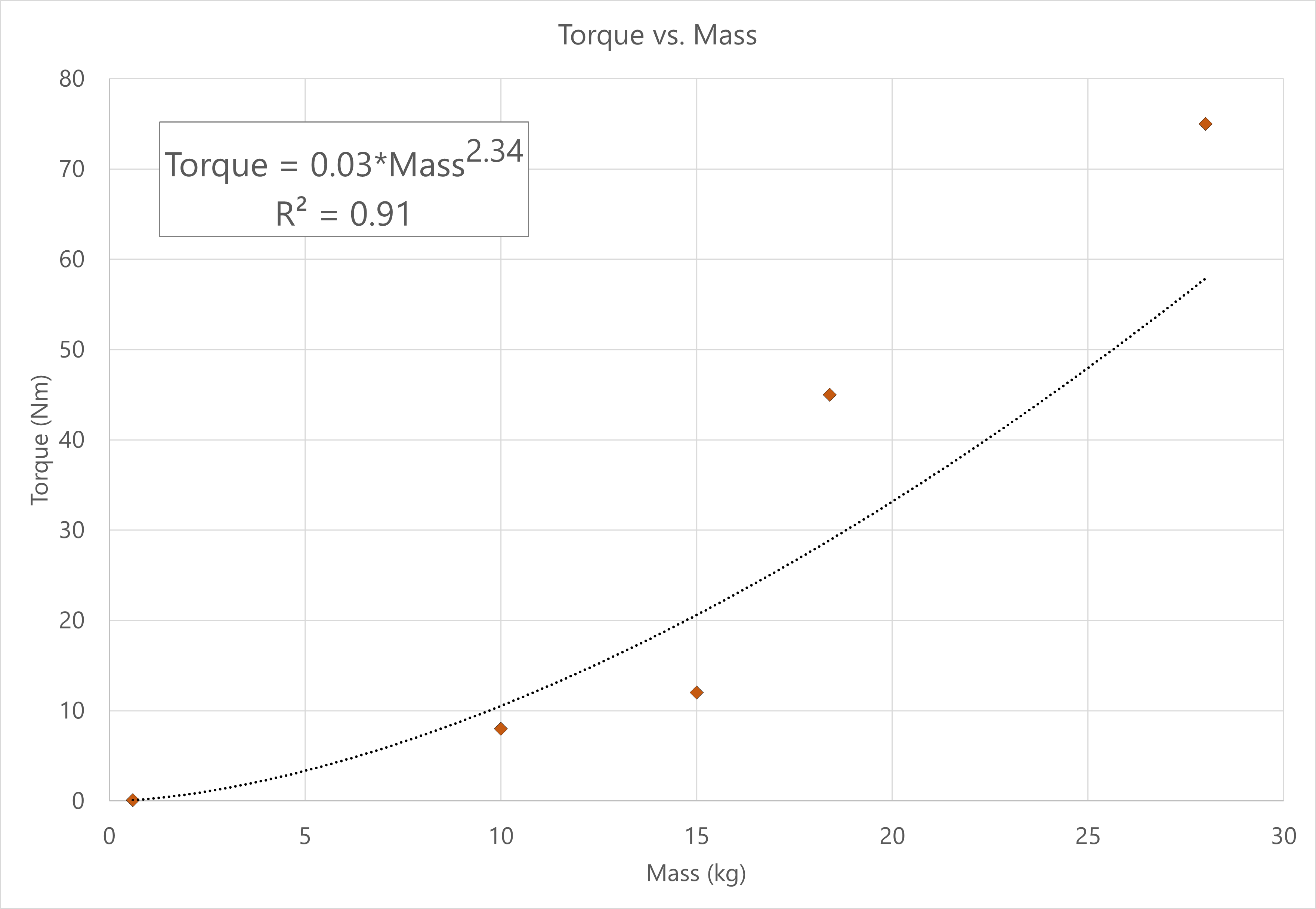Control Moment Gyroscope Metrics

Key Points
- There are only 5 control moment gyroscopes from 4 vendors in this analysis. There are not many options because the market is not that large and they tend to require analysis and resources not compatible with “off the shelf” solutions. The data were last verified in December 2021.
- Treat these plots as indicative of what you can expect. Some of the properties are peak values or do not take everything into consideration. For example, the mass of the control electronics are not included.
- The non-CubeSat options are between 10 and 30 kg in mass, per gyroscope. You usually have at least four, making the lightest solution at least 40 kg.
Introduction
This article looks at the properties of control moment gyroscopes you can buy. You may find some of the equations and data useful as you consider how to design your own system.
Communication Protocols
Before jumping to the plots, it’s worth pointing out that there is a variety of ways vendors allow you to communicate with their gyroscopes. The most popular is RS-422 with all but one vendor offering it. Tied for second place is 1553 and RS-232. However, you can expect the larger vendors to work with you to support almost whatever solution you want. And if that fails, you’re going to be able to buy a protocol converter.
Torque vs. Mass

This plot helps you understand how quickly you can maneuver your spacecraft. Note that these are peak values and most nominal values that vendors recommend for long life are roughly half of the peak.
A handy rule of thumb at the low end is that you get about 10 Nm of torque for 10 kg of mass. Remembering that will also help you remember the mass range where control moment gyroscopes start being an established solution.
Torque vs. Power

This plot is for the peak power and torques, which you typically try to avoid since operating in this region often can reduce the lifetime of your system. Typical power for maneuvers is roughly a third to a half of the peak and operators will try to less than that whenever they can. Still, knowing that each gyroscope will not take more than 100 Watts (not counting electronics), is a good rule of thumb.
Price
The rule of thumb here is: If you have to ask, you can’t afford it. Expect at least $100K per gyroscope after including electronics and design work. It can easily creep into the millions and tens of millions of dollars.
There are companies who are working to get that price down for small satellites. The market would love to have high torque and low power solutions so expect improvements. Note, though, that inverting the control rotation matrices and avoiding singularity points takes significant processing power and that will continue to drive your system design even if the wheels are free.
 Space Steps
Space Steps